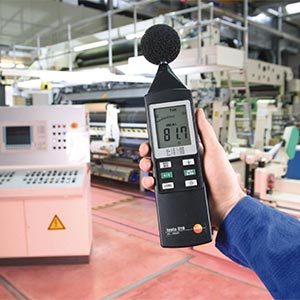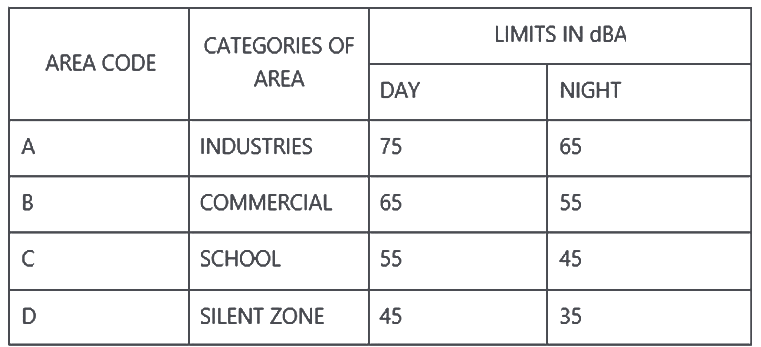NOISE LEVEL TESTING & MONITORING
Ambient noise includes all sounds present in an environment. The ambient noise level may be measured at any moment, but it will vary widely with time, e.g., with the coming and going of trucks and aircraft. Traffic noise is higher at noon than at midnight and higher still during the morning and evening rush hours. Therefore, a single dB(A) measurement says very little about ambient noise.
Continuous exposure to industrial noise affects the hearing ability of a person, but there is a lot that meet the eyes. The prolonged exposure can cause health hazards that are beyond the hearing ailments, like stress, fatigue, productivity losses, tinnitus, and cardiovascular diseases, we have check for noise levels of the following industries:
- Mining
- Commercial construction (demolition and equipment)
- Road Construction
- Industrial Manufacturing: such as metal fabrication, open air automated production lines, maintenance areas
- Oil and Gas and downstream refineries
- Urban areas etc.


- Day time is reckoned from 6 A.M to 10 P.M.
- Night time is reckoned from 10 P.M to 6 A.M.
- Silence zone is referred as areas within 100 meters around premises such as hospitals, educational institutions, and courts.
Here are some important functions and their definitions, used while measuring and reporting.
Leq: The equivalent continuous Sound Pressure Level (SPL) for a particular duration. Lmax: The maximum Sound Pressure Level (SPL) value measured during the duration of monitoring.
Lmin: The minimum Sound Pressure Level (SPL) value measured during the duration of monitoring
L10: The level that were exceeded during 10% of the measuring time in dB(A)
L50: The level that were exceeded during 50% of the measuring time in dB(A)
L90: The level that were exceeded during 90% of the measuring time in dB(A)